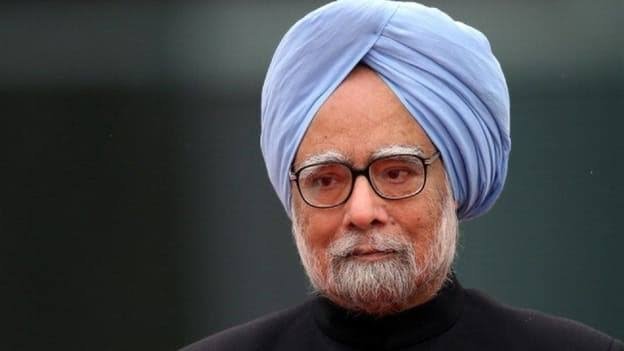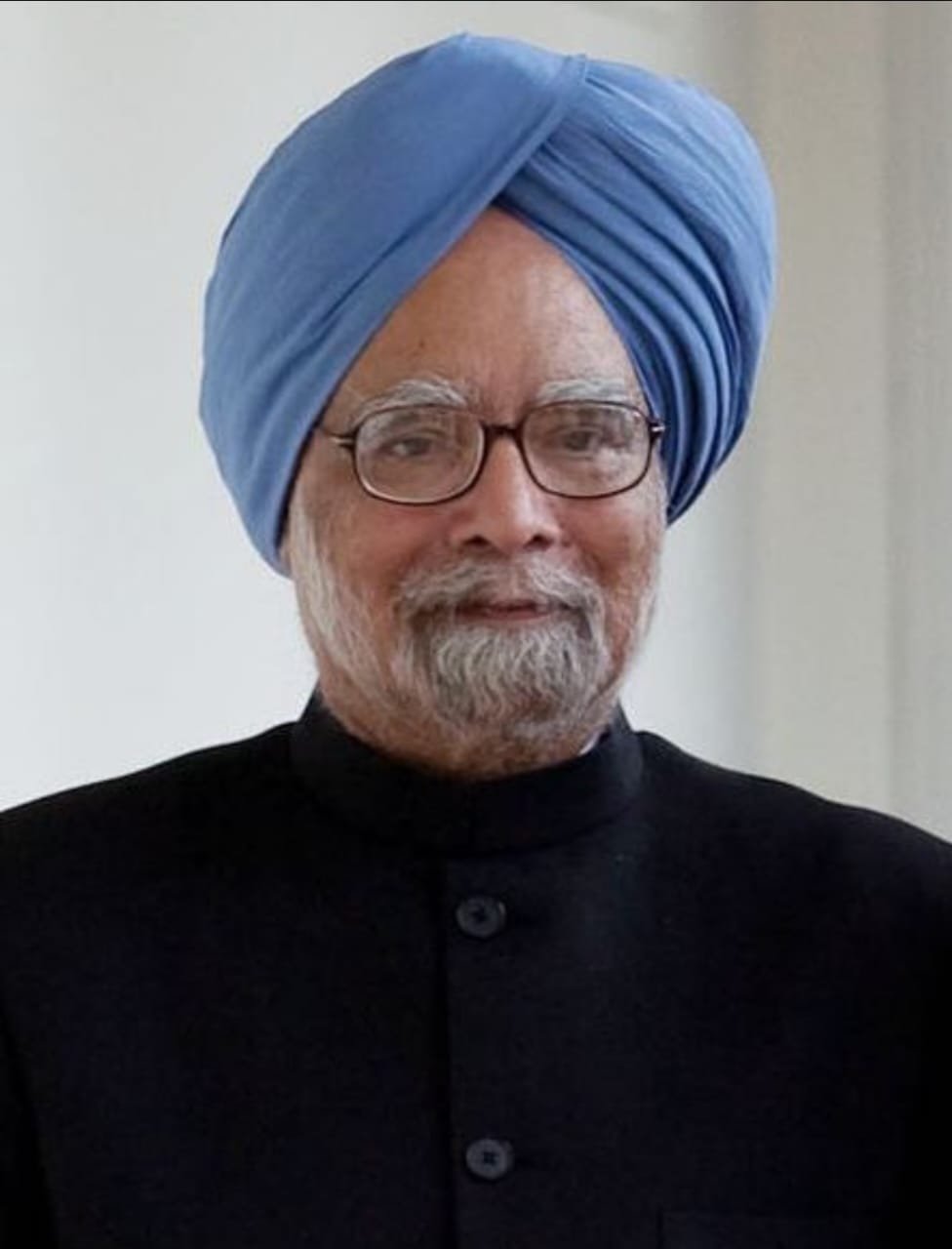- Born on September 26, 1932, in undivided Punjab, British India.
- Served as the Prime Minister of India from 2004 to 2014.
- Among the longest-serving Prime Ministers in India.
- Held the position of Finance Minister in P.V. Narasimha Rao’s Cabinet (1991-1996).
- Known for initiating significant economic reforms in India.
- Entered the Rajya Sabha for the first time in October 1991.
- Represented Assam in the Rajya Sabha five times.
Dr. Manmohan Singh, born on September 26, 1932, in undivided Punjab, was an economist and statesman who reshaped India’s economy. Serving as Prime Minister from 2004 to 2014, he was instrumental in introducing pivotal economic reforms as Finance Minister under P.V. Narasimha Rao. A five-time Rajya Sabha representative, his legacy as a visionary leader remains unparalleled.
Dr. Manmohan Singh, an economist par excellence and a statesman, left an indelible mark on India’s political and economic history. Born on September 26, 1932, in undivided Punjab, he rose to prominence with his intellect and dedication to public service.
As Finance Minister in P.V. Narasimha Rao’s Cabinet from 1991 to 1996, Dr. Singh spearheaded critical economic reforms that transformed India’s economy, introducing policies that liberalized trade and boosted growth. His expertise earned him a reputation as a reformist leader.
In 2004, he assumed the role of Prime Minister and led the country for a decade until 2014. During his tenure, landmark initiatives like the Right to Education Act and MNREGA were launched, ensuring social equity and economic growth.
Dr. Singh first entered the Rajya Sabha in October 1991 and represented Assam in the upper house five times, showcasing his commitment to governance and policy-making.
His humility, vision, and dedication to India’s progress remain an inspiration. Dr. Singh will always be remembered as a leader who reshaped India’s economic landscape and governance.









